RECHERCHE
IA : mieux comprendre la prise de décision grâce aux neurones artificiels

Les décisions humaines prises en situation d’incertitude sont souvent imprévisibles, tout comme l’activité cérébrale qui leur est associée. Charles Findling et Valentin Wyart, chercheurs au Laboratoire de Neurosciences Cognitives et Computationnelles, viennent de découvrir les bénéfices cachés de cette variabilité.
Ce travail, basé sur des simulations de réseaux de neurones utilisés en intelligence artificielle, pourrait contribuer à une meilleure compréhension de certaines maladies psychiatriques dont les symptômes s’expriment en situation d’incertitude, comme les troubles obsessionnels compulsifs ou la schizophrénie par exemple. Les résultats viennent de paraître dans Science Advances.
Lire l'article
Les enjeux océaniques

À l’occasion de la 3e Conférence des Nations Unies sur l’Océan (UNOC) organisée en juin 2025 par la France et le Costa Rica, l’École normale supérieure, dont le CERES, mettent à l’honneur l’Océan qui sera au cœur d’événements scientifiques tout au long de l’année 2024-2025.
Entretien, à cette occasion, avec deux chercheuses et un chercheur de l'ENS-PSL, Gaëlle Ronsin, sociologue, Isabelle de Vendeuvre, docteure en littérature générale et comparée, et Roberto Casati, philosophe, dont les recherches actuelles, et transdisciplinaires, portent sur les enjeux océaniques.
Lire l'article
FINANCEMENT
Cartographier la représentation du temps dans le cerveau
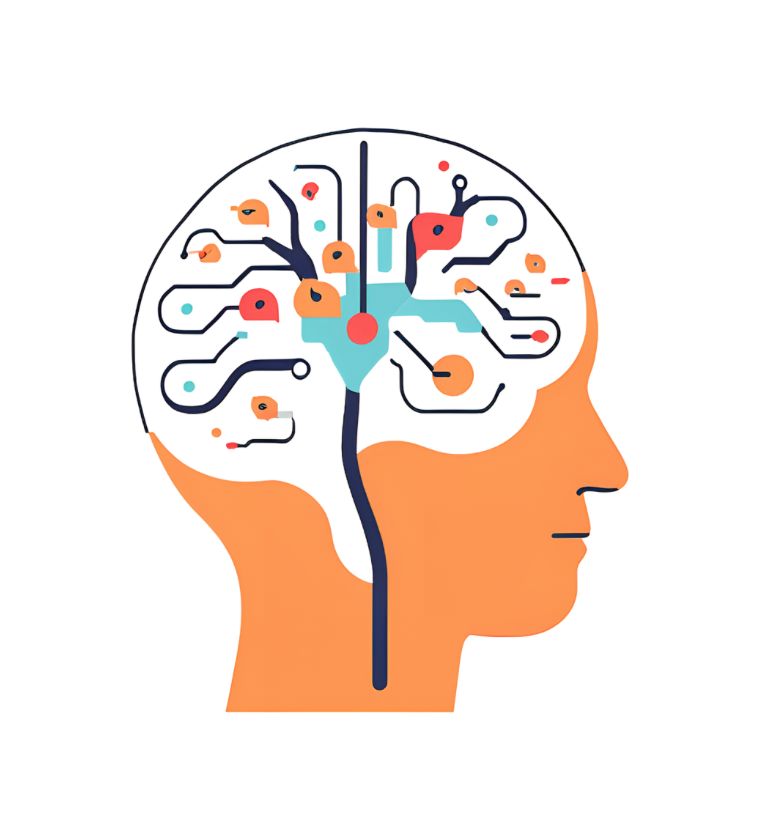
Le Conseil européen de la recherche (ERC) a sélectionné le projet Chronology porté par Brice Bathellier (Institut de l'Audition) en collaboration avec Virginie Van Wassenhove (CEA), Srdjan Ostojic (ENS-PSL) et Mehrdad Jazayeri (MIT). Il s'agit d'un financement ERC Synergy.
L'objectif du projet Chronology est de caractériser les cartes cognitives du temps mises en place par le cerveau.
Lire l'article
PRIX
François Recanati, lauréat du prix Gay-Lussac Humboldt 2024

François Recanati, titulaire de la chaire Philosophie du langage et de l’esprit au College de France, directeur de recherche émérite CNRS à l'Institut Jean Nicod, et directeur d'études honoraires à l'EHESS, a reçu le prix Gay-Lussac Humboldt, décerné par la Fondation Humboldt, pour l’ensemble de son œuvre.
Le prix Gay-Lussac Humboldt a été créé en 1981 par les gouvernements français et allemand pour récompenser des scientifiques pour leurs travaux et favoriser la coopération entre chercheurs et chercheuses des deux pays.
François Recanati travaille sur la philosophie du langage. Il est l'auteur de plusieurs ouvrages, dont Perspectival Thought : A Plea for Moderate Relativism (Oxford, 2007), Literal Meaning (Cambridge, 2010), Truth-Conditional Pragmatics (Oxford, 2010), Mental Files (Oxford, 2012), et Langage, Discours, Pensée (Fayard, 2020).
En savoir plus sur les recherches de François Recanati
Prix de l'innovation pour le projet Intact, détection de l'intention, prédiction de l'action
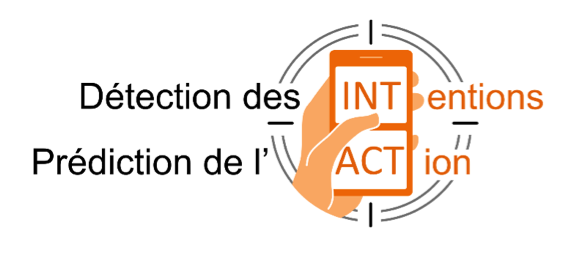
Alda Mari, directrice de recherche au CNRS à l’Institut Jean Nicod, a reçu le Prix de l'innovation en sciences humaines et sociales pour son projet INTACT (détection de l'intention, prédiction de l'action) qui vise à détecter l'urgence dans les réseaux sociaux lors de crises écologiques, avec un système d'apprentissage qui permet de couvrir toutes sortes de crises écologiques.
Le projet, mené avec Farah Benamara, professeure associée en informatique à l’Université Paul Sabatier de Toulouse, a démarré en 2018 avec le Ministère de l'Intérieur et avait obtenu une Pré-Maturation CNRS Innovation en 2021.
Pour en savoir plus sur le projet Intact
DANS LES MÉDIAS
Le problème du silence de la nature

La nature semble silencieuse, mais ce silence pourrait avant tout révéler notre propre surdité ou négligence. En tentant de capter ses murmures, nous risquons parfois de projeter sur elle ce que nous voudrions y entendre.
Christian Lorenzi, professeur de psychologie, était invité à participer à l'émission Avec philosophie sur France Culture, aux côtés de l'anthropologue, Anne Simon, chercheuse en littérature française.
Ecouter le podcast
Comment la parole vient aux enfants ?
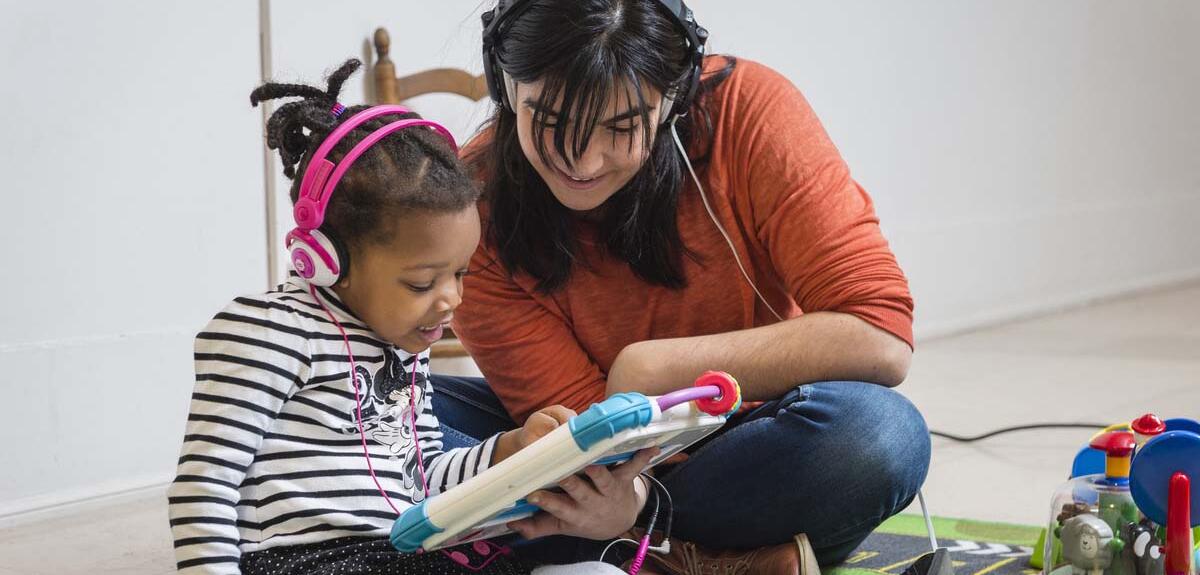
Avant d’aller à l’école pour apprendre à lire et écrire leur langue, les enfants ont d’abord su la comprendre puis la parler. Comment y parviennent-ils presque tous spontanément, sans professeur ni pédagogie ?
Ces dernières décennies, les apports de la psycholinguistique, de la psychologie cognitive et des neurosciences ont permis de mieux comprendre comment l’enfant humain accède au langage.
Lire l'article dans le journal du CNRS
Apprentissage du langage : le B-A BA des bébés
L’apparition du langage chez un bébé est une étape clé très attendue par les parents. Si les premiers mots sont émis vers un an, l’apprentissage débute avant. À quel rythme ? Selon quels mécanismes cérébraux ? Et d’où viennent les troubles de l’apprentissage ? Les sciences cognitives nous éclairent.
Sharon Peperkamp, directrice de recherche au CNRS au Laboratoire de sciences cognitives et psycholinguistique, était invitée dans l'émission La science CQFD aux côtés de Ghislaine Dehaene-Lambertz Pédiatre et neuroscientifique au CNRS, directrice de l’Institut Robert-Debré du Cerveau de l’Enfant.
Ecouter le podcast
Vivre des émotions intenses avec d'autres personnes permet aux gens de se sentir plus proches les uns des autres

Qu'il s'agisse de rire devant une comédie classique ou de regarder un film d'horreur derrière un coussin, les films peuvent susciter une myriade de sentiments. Aujourd'hui, des scientifiques affirment que le fait de ressentir des émotions intenses en même temps que d'autres personnes permet de se sentir plus proche d'elles, à condition de pouvoir les voir.
Dans un article publié dans la revue Royal Society Open Science, Victor Chung, Rocco Menella, Julie Grèzes du Laboratoire de Neurosciences Cognitives et Computationnelles et Elisabeth Pacherie de l'Institut Jean Nicod, expliquent comment ils ont étudié la question en invitant des étrangers à regarder des vidéos ensemble, par paires de même sexe.
Lire l'article (en anglais)
HPI : qu'en dit la science ?
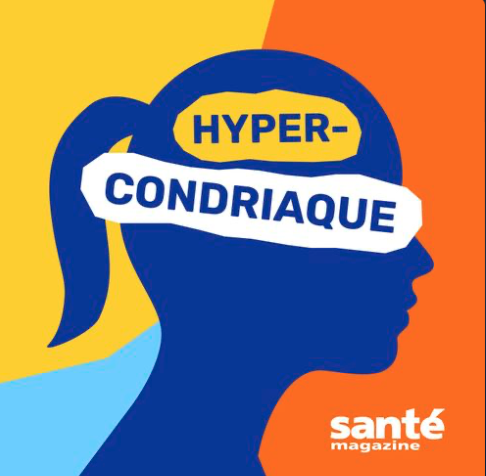
Comment définir une personne à haut potentiel intellectuel ? Est-ce un atout ou, au contraire, une source de difficultés sociales ? Pour répondre à ces questions, Aline Perraudin, directrice de la rédaction, a reçu Franck Ramus, chercheur en sciences cognitives au Laboratoire de Sciences Cognitives et Psycholinguitique, dans le nouvel épisode d’Hypercondriaque, le podcast de Santé Magazine.
À VOIR, À ÉCOUTER
La fonction interpersonnelle des expressions émotionnelles
Les humains, comme de nombreuses autres espèces, sont capables d’adapter très rapidement leurs comportements en réponses aux signaux émotionnels émis par autrui. Quelle est la nature la nature des mécanismes qui déterminent l’influence des expressions émotionnelles (leur rôle interpersonnel et motivationnel) sur nos décisions d’action ? Une conférence donnée par Julie Grèzes chercheuse au Laboratoire de Neurosciences Cognitives et Computationnelles.
Grandir en équilibre : comment le cerveau et le corps se partagent-ils l'énergie ?
Cette présentation proposée par Pierre Jacquet et Sophie Bouton, chercheur·ses en sciences cognitives, explore comment l'énergie est distribuée entre le cerveau et le corps pendant le développement humain. En examinant les phases critiques de la croissance, nous découvrons comment le corps priorise ses ressources pour soutenir à la fois le développement physique et cognitif. Il est ainsi abordé les mécanismes biologiques sous-jacents, les facteurs environnementaux influençant cette répartition et les implications pour la santé et le bien-être dans l'enfance.
Ecouter le podcast
QUELQUES PUBLICATIONS RÉCENTES
Nadine Bade, Philippe Schlenker & Emmanuel Chemla (2024). Word learning tasks as a window into the triggering problem for presuppositions. Nat Lang Semantics. doi:10.1007/s11050-024-09224-5
Résumé :
In this paper, we show that native speakers spontaneously divide the complex meaning of a new word into a presuppositional component and an assertive component. These results argue for the existence of a productive triggering algorithm for presuppositions, one that is not based on alternative lexical items nor on contextual salience. On a methodological level, the proposed learning paradigm can be used to test further theories concerned with the interaction of lexical properties and conceptual biases.
Victor Chung, Rocco Mennella, Elisabeth Pacherie and Julie Grezes (2024). Social bonding through shared experiences: the role of emotional intensity.R. Soc. Open Sci.11240048
Résumé :
Sharing emotions with other individuals is a widespread phenomenon. Previous research proposed that experiencing intense and similar emotions with other individuals reinforces social bonds. However, several aspects of this phenomenon remain unclear, notably whether social bonding requires the convergence and synchronization of emotions in the group, and whether these effects generalize across positively valenced and negatively valenced emotional contexts. To address these questions, we measured subjective emotional experiences, physiological activity (cardiac, respiratory, electrodermal) and social attitudes in dyads of unacquainted individuals who watched videos in the presence of each other. We manipulated the emotional content of the videos and the type of shared attention between participants, to test for the contribution of interpersonal influence. The results revealed that intense emotions indexed by physiological arousal were associated with the emergence of reciprocal prosocial attitudes within dyads, and that this effect depended on joint attention. We did not observe the convergence and synchronization of emotions within dyads, which suggests that experiencing similar emotions was not necessary for social bonding. We discuss implications of this study for research on collective effervescence and the social consequences of shared experiences.
Charles Findling & Valentin Wyart (2024). Computation noise promotes zero-shot adaptation to uncertainty during decision-making in artificial neural networks. Science Advances, 10(44).doi:10.1126/sciadv.adl3931
Résmé :
Random noise in information processing systems is widely seen as detrimental to function. But despite the large trial-to-trial variability of neural activity, humans show a remarkable adaptability to conditions with uncertainty during goal-directed behavior. The origin of this cognitive ability, constitutive of general intelligence, remains elusive. Here, we show that moderate levels of computation noise in artificial neural networks promote zero-shot generalization for decision-making under uncertainty. Unlike networks featuring noise-free computations, but like human participants tested on similar decision problems (ranging from probabilistic reasoning to reversal learning), noisy networks exhibit behavioral hallmarks of optimal inference in uncertain conditions entirely unseen during training. Computation noise enables this cognitive ability jointly through “structural” regularization of network weights during training and “functional” regularization by shaping the stochastic dynamics of network activity after training. Together, these findings indicate that human cognition may ride on neural variability to support adaptive decisions under uncertainty without extensive experience or engineered sophistication.
Neha Joshi, Wing Yiu Ng, Karan Thakkar et al. (2024). Temporal coherence shapes cortical responses to speech mixtures in a ferret cocktail party. Commun Biol 7, 1392.doi:10.1038/s42003-024-07096-3
Résumé :
Perceptual segregation of complex sounds such as speech and music simultaneously emanating from multiple sources is a remarkable ability that is common in humans and other animals alike. Unlike animal physiological experiments with simplified sounds or human investigations with spatially broad imaging techniques, this study combines insights from animal single-unit recordings with segregation of speech-like sound mixtures. Ferrets are trained to attend to a female voice and detect a target word, both in presence and absence of a concurrent equally salient male voice. Recordings are made in primary and secondary auditory cortical fields, and in frontal cortex. During task performance, representation of the female words becomes enhanced relative to the male in all, but especially in higher cortical regions. Analysis of the temporal and spectral response characteristics during task performance reveals how speech segregation gradually emerges in the auditory cortex. A computational model evaluated on the same voice mixtures replicates and extends these results to different attentional targets (attention to female or male voices). These findings underscore the role of the principle of temporal coherence whereby attention to a target voice binds together all neural responses coherently modulated with the target, thus ultimately forming and extracting a common auditory stream.
Elizabeth J. Krumrei-Mancuso, Philip Pärnamets, Mandi Astola, Aleksandra Cichocka, Jeroen de Ridder, Hugo Mercier, Marco Meyer, Cailin O’Connor, Tenelle Porter, Alessandra Tanesini, Mark Alfano, Jay J. Van Bavel (2024). Toward an understanding of collective intellectual humility. Trends in Cognitive Sciences, Volume 0, Issue 0.
Résumé :
The study of intellectual humility (IH), which is gaining increasing interest among cognitive scientists, has been dominated by a focus on individuals. We propose that IH operates at the collective level as the tendency of a collective’s members to attend to each other’s intellectual limitations and the limitations of their collective cognitive efforts. Given people’s propensity to better recognize others’ limitations than their own, IH may be more readily achievable in collectives than individuals. We describe the socio-cognitive dynamics that can interfere with collective IH and offer the solution of building intellectually humbling environments that create a culture of IH that can outlast the given membership of a collective. We conclude with promising research directions.
Dina Lelic, Erin Picou, Valeriy Shafiro & Christian Lorenzi (2024). Sounds of Nature and Hearing Loss: A Call to Action. Ear & Hearing.doi: 10.1097/AUD.0000000000001601
Résumé :
The ability to monitor surrounding natural sounds and scenes is important for performing many activities in daily life and for overall well-being. Yet, unlike speech, perception of natural sounds and scenes is relatively understudied in relation to hearing loss, despite the documented restorative health effects. We present data from first-time hearing aid users describing "rediscovered" natural sounds they could now perceive with clarity. These data suggest that hearing loss not only diminishes recognition of natural sounds, but also limits people's awareness of the richness of their environment, thus limiting their connection to it. Little is presently known about the extent hearing aids can restore the perception of abundance, clarity, or intensity of natural sounds. Our call to action outlines specific steps to improve the experience of natural sounds and scenes for people with hearing loss-an overlooked aspect of their quality of life.
Shihab Shamma, Jose Contreras-Vidal, Jonathan Fritz et al. (2024). The social and neural bases of creative movement: workshop overview. BMC Neurosci, 25, 68
Résumé :
This editorial provides a background and overview of the interdisciplinary workshop on "The Social and Neural Bases of Creative Movement," bringing together dancers, choreographers, musicians, artists, kinesiologists and neuroscientists to share perspectives and develop a common language to define and explore the relationship between dance and the brain.
Isidora Stojanovic, Julia Zakkou (2024). Disagreement about taste. The Routledge Handbook of Philosophy of Disagreement. doi:10.4324/9781003154471-10
Résumé :
In matters of taste, it is often thought that there can be no disputes. And yet, people do seem to disagree over whether coffee is better with cream or with sugar, and often (even if not always) such disagreements look perfectly rational. But how can it make sense to disagree over something on which each of us can legitimately hold a proper, personal point of view?
Disagreements about matters of taste are the prime candidate for a special kind of disagreement: faultless disagreement. The aim of this chapter is twofold. First, we provide an overview of the different recent approaches to the phenomenon of faultless disagreement as it arises in the realm of taste. Second, we delve deeper into the language of taste and discuss several aspects of the way people talk about matters of personal taste that shed light on why such matters can give rise to disagreements.
Michael E. W. Varnum, Nicolas Baumard, Mohammad Atari and Kurt Gray (2024). Large Language Models based on historical text could offer informative tools for behavioral science. PNAS, 121 (42) e2407639121.doi:10.1073/pnas.24076391
Haiqin Zhang, Emmanuel Chemla, Calire Pelofi, Laurent Bonnasse-Gahot (2024). Melodic contour supersedes short-term statistical learning in expressive accentuation. PLoS ONE 19(11): e0312883. https://doi.org/10.1371/journal.pone.0312883
Résumé :
Sensory systems are permanently bombarded with complex stimuli. Cognitive processing of such complex stimuli may be facilitated by accentuation of important elements. In the case of music listening, alteration of some surface features –such as volume and duration– may facilitate the cognitive processing of otherwise high-level information, such as melody and harmony. Hence, musical accents are often aligned with intrinsically salient elements in the stimuli, such as highly unexpected notes. We developed a novel listening paradigm based on an artificial Markov-chain melodic grammar to probe the hypothesis that listeners prefer structurally salient events to be consistent with salient surface properties such as musical accents. We manipulated two types of structural saliency: one driven by Gestalt principles (a note at the peak of a melodic contour) and one driven by statistical learning (a note with high surprisal, or information content [IC], as defined by the artificial melodic grammar). Results suggest that for all listeners, the aesthetic preferences in terms of surface properties are well predicted by Gestalt principles of melodic shape. In contrast, despite demonstrating good knowledge of novel statistical properties of the melodies, participants did not demonstrate a preference for accentuation of high-IC notes. This work is a first step in elucidating the interplay between intrinsic, Gestalt-like and acquired, statistical properties of melodies in the development of expressive musical properties, with a focus on the appreciation of dynamic accents (i.e. a transient increase in volume). Our results shed light on the implementation of domain-general and domain-specific principles of information processing during music listening
AGENDA
Prochainement au DEC
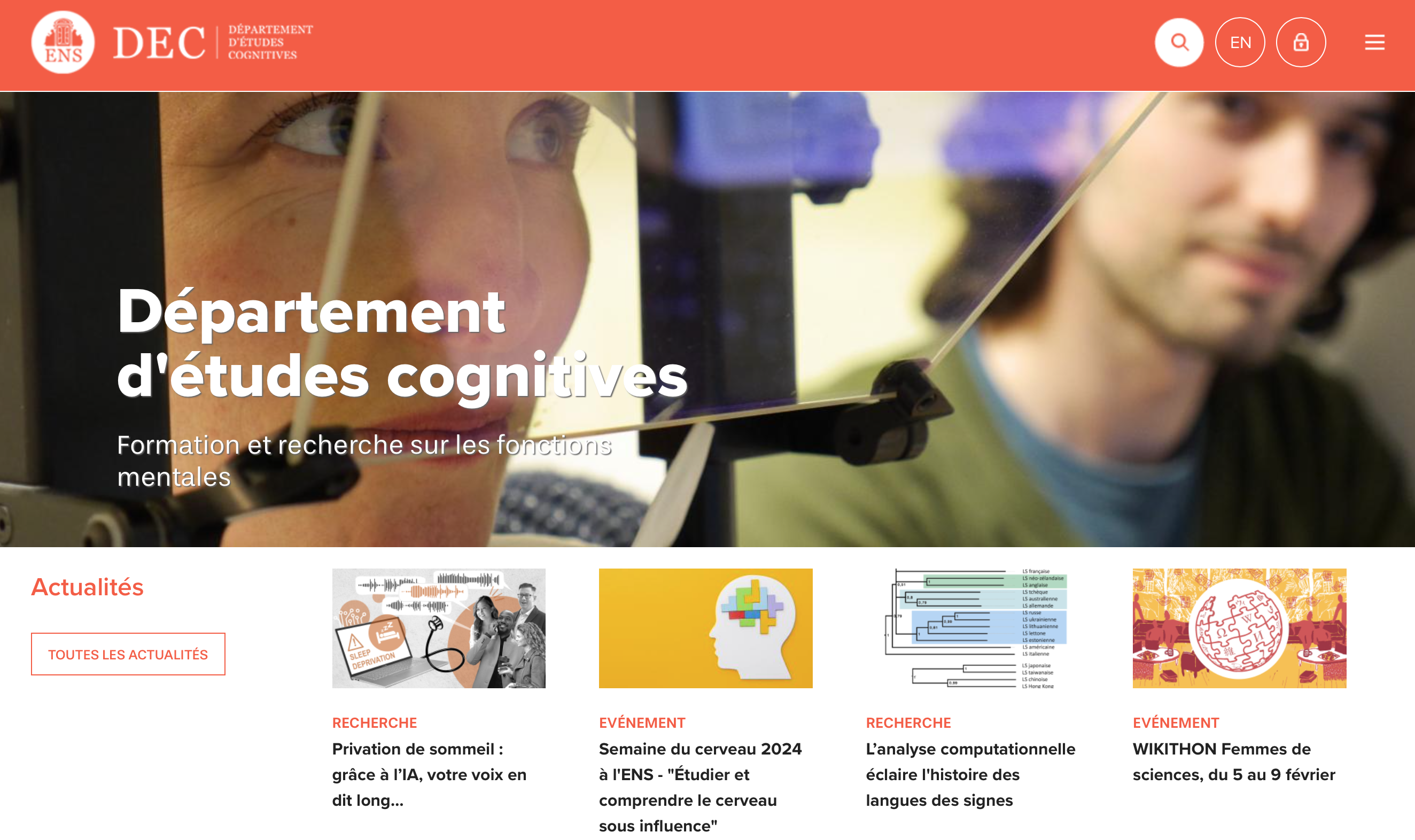
Retrouvez les événements organisés par le DEC dans l'agenda du département.
Les séminaires et les conférences sont accessibles sur la chaîne youtube du département, le site des Savoirs de l'ENS, la chaîne youtube de l'école.
